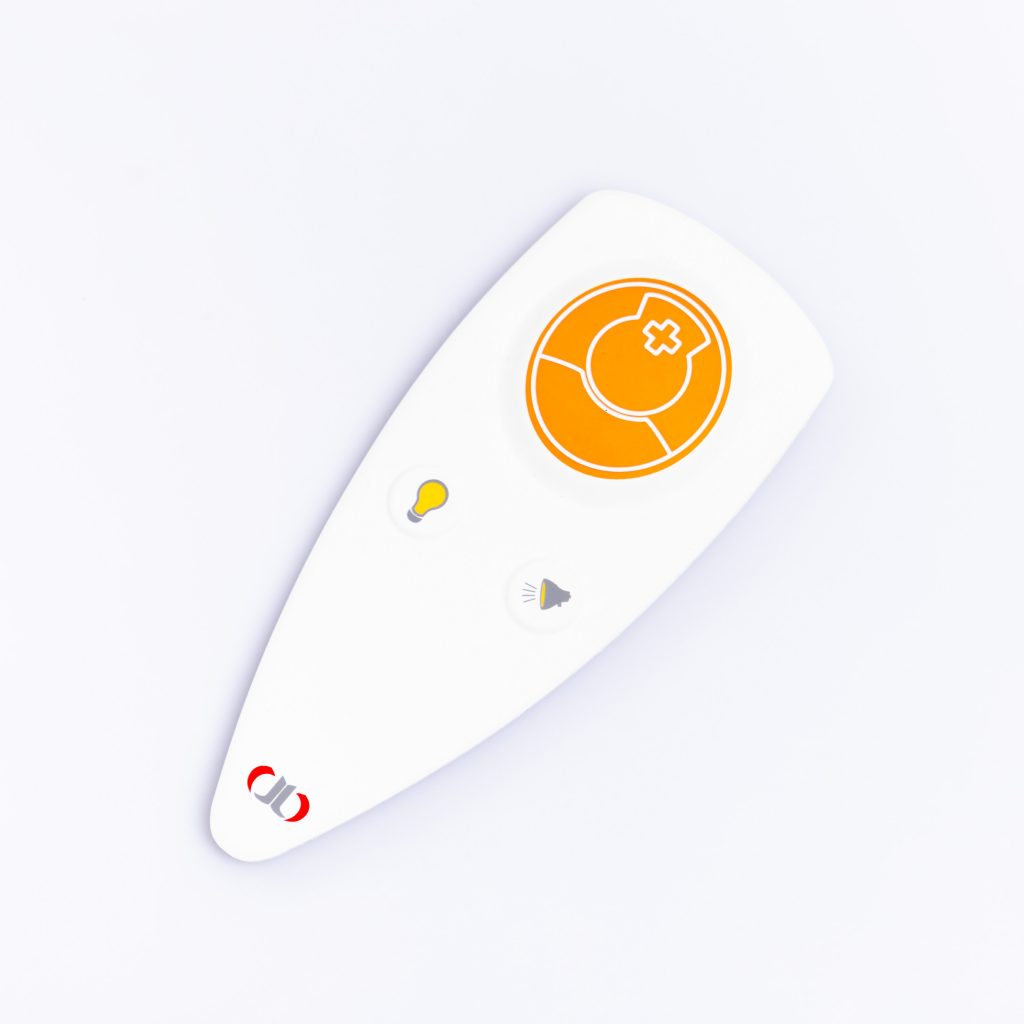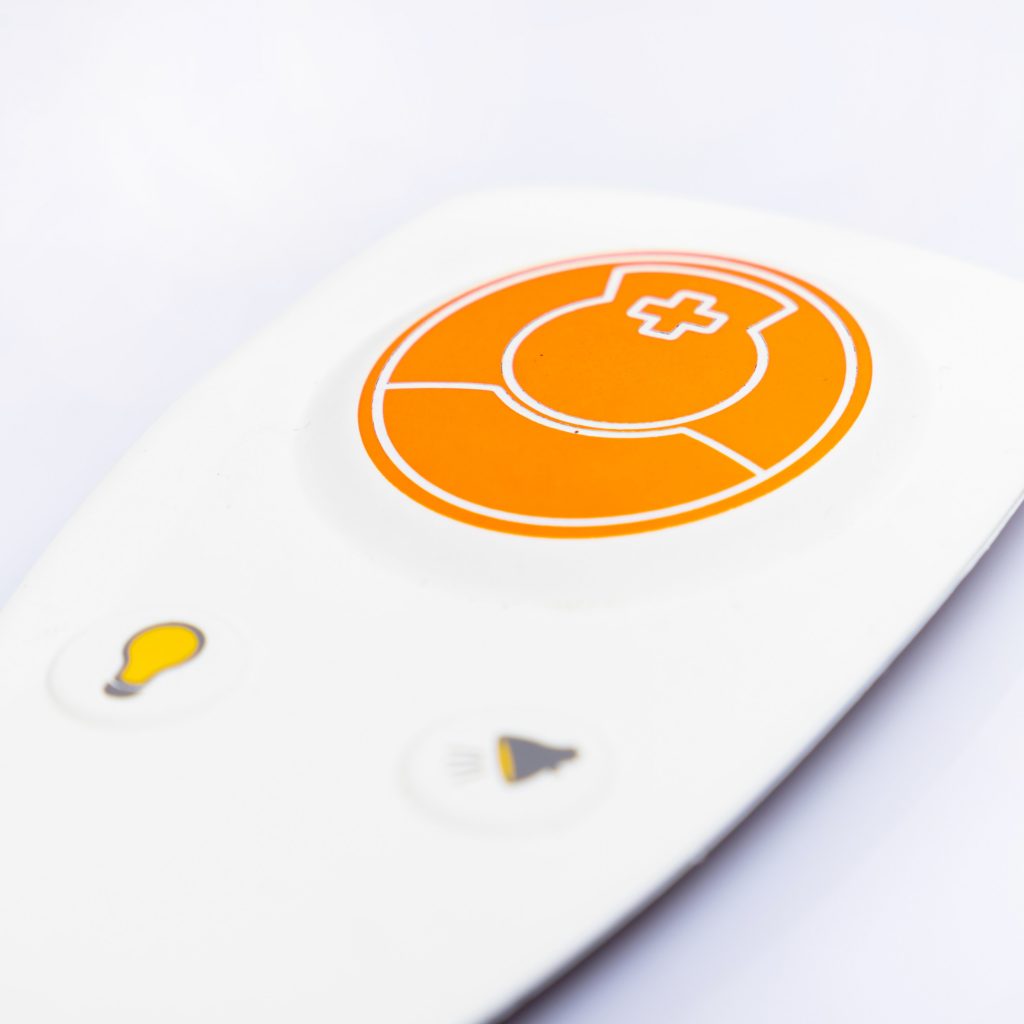Contact
Write to Us And We Would Be Happy to Advise You.
Do you have any questions, or would you like to speak directly with a representative?
By hqt
Membrane switches have become a staple in modern device design, offering sleek, user-friendly interfaces for everything from industrial controls to household appliances. A critical aspect of their functionality and aesthetic appeal is backlighting, which not only illuminates the switch but also enhances user interaction. The quest for the most uniform light distribution is not just a matter of visual pleasure but also of practical usability.


At its core, a membrane switch is an electrical switch for turning a circuit on and off. It differs from a mechanical switch in that it’s made up of layers of flexible materials. Each membrane switch consists of a graphic interface layer, a circuitry layer, and a backlighting layer, which is our focus.
Backlighting in membrane switches is not merely functional; it’s a design element that guides users, especially in low-light conditions. It’s the interplay of light and shadow that directs our fingers to the right controls, enhancing the user experience manifold.
There are several backlighting techniques, each with its own set of advantages and challenges. The main contenders are Electroluminescent (EL), Light Emitting Diodes (LED), Fiber Optic, and Light Guide Film (LGF).
EL backlighting works by passing an electric current through phosphorescent materials. It’s known for its smooth, diffuse light but has limitations in brightness and color variety.
LED Backlighting
LEDs are perhaps the most common form of backlighting today. They’re energy-efficient, bright, and can produce a range of colors. However, achieving uniform light distribution with LEDs can be challenging.
Fiber Optic Backlighting
Fiber optic backlighting uses threads of fiber optics to distribute light from a single source. This technique can provide uniform lighting and is flexible in design but can be complex to implement.
Light Guide Film (LGF) Backlighting
LGF utilizes a thin film embedded with light-distributing patterns. It’s a newer technology that promises excellent uniformity and can be integrated with LEDs for a more efficient design.
Comparative Analysis
When it comes to uniform light distribution, LGF backlighting stands out. It combines the efficiency of LEDs with a specialized film that diffuses light evenly across the switch surface.
Case Studies
Real-world applications of LGF in consumer electronics have shown a marked improvement in user interface visibility and aesthetics, with users often noting the even glow and clear visibility of icons and labels.
Expert Opinions
Industry professionals are leaning towards LGF for future designs, citing its versatility and the uniformity it offers. They also point to its potential for innovation in switch design.
Cost Considerations
While LGF may have a higher initial cost, its longevity and lower maintenance needs can make it a cost-effective solution in the long run.
Environmental Impact
In terms of sustainability, LED and LGF backlighting are ahead, with longer lifespans and less energy consumption compared to EL and fiber optics.
After examining various backlighting techniques, LGF emerges as the leader in providing the most uniform light distribution for membrane switches. Its integration with LED technology makes it a robust, efficient, and aesthetically superior choice.
Do you have any questions, or would you like to speak directly with a representative?